The restricted and isolated region of Upper Mustang in northern Nepal remains shielded by a special permit system, preserving the traditional way of life for local communities who have inhabited this high desert valley for generations. Until recently, foreigners were prohibited from visiting the area, which has helped maintain its remote culture relatively untouched by modernization.
Today, with approval, independent travellers can experience a different side of Nepal compared to more developed tourist regions. Trekkers and cyclists can traverse winding trails connecting small mountain villages and abandoned fortresses dating back centuries, passing through landscapes shaped long before vehicles or infrastructure altered other parts of the country. This offers a rare glimpse into a mediaeval style of living limited to only a few preserved areas worldwide.
However, access to Upper Mustang is not easily granted or to be taken lightly. Months of advance planning are required to obtain permits, hire guides, and understand local customs to ensure visits do not negatively impact residents. With careful preparation and respectful behaviour, privileged visitors can immerse themselves in the scenery and lifestyle of this unique destination while still protecting its delicate social and environmental integrity.
Accessible only by trail or mountain bike after driving long hours through Lower Mustang, Upper Mustang provides a rare opportunity to discover a place largely unchanged for centuries. Designated as off-limits until 1992, this high desert region remains frozen in time - with villages, monasteries and agricultural landscapes that seem straight from the past.
Situated in the shadow of tall Himalayan mountains, Upper Mustang's dry climate has helped preserve traditional buildings and lifestyles practised by the resilient locals, known as Loba people. Hiking or biking multi-day loops connecting small communities provides an authentic look into their farming, weaving, cultural festivals and links to the former Mustang Kingdom rulers.
The terrain is rugged, with winding paths through canyons surrounded by ochre rock pinnacles. But the scenery is stunning, with snow capped mountain peaks rising dramatically from the stony plains in the distance. Wildlife like golden eagles, ibex and the rare snow leopard may also be spotted adding to the remote wilderness feel.
Overnights are spent in simple village homes or lodges operated by families, offering an immersive cultural experience. Shared meals reveal staple foods like buckwheat noodles, pumpkin curry and nutrient-rich drinks made following traditions. Stories by the fire give valuable insights into how locals have adapted to the tough high-altitude conditions over generations.
Important historic and religious sites like the cliffside Tukuche Palace and centuries-old monasteries provide glimpses into Upper Mustang's Buddhist heritage. Wall paintings, stupas and artefacts within prayer halls and caves cut into canyons convey the significance of rituals that still continue today, linking people closely to Tibetan roots.
Venturing off the beaten path into Upper Mustang's isolated villages and dramatic landscapes presents a unique window into Nepali history and culture largely left unchanged by modern development elsewhere.
Upper Mustang is part of Annapurna Conservation Area Project so you need to get this permit first. Securing this simple yet special permit opens up unique opportunities to ride through off-beat locations. At 3,000 NPR ($27 USD), this permit helps conserve the environment and control the tourism of that sector.
Apply at Nepal Tourism Board in Kathmandu or at Pokhara's ACAP counter office with passport photos, an itinerary and overnight plans. Permits typically issues within days.
Another permit you will need is the Restricted Area Permit (RAP). If you are planning to travel to the territory above Kagbeni village then you will need to show this permit at the check posts. The permit costs US $500 per person for 10 days and an additional $50 per person for each additional day.
Biking affords flexibility to freely explore less travelled areas spotted from trails. Reach isolated villages and hidden monasteries high on dramatic cliffs inaccessible by foot.
Stopping allows conversations with herders and children granting cultural insights away from crowds. Wander ancient prayer halls or glimpse robed monks on solitary marches.
For affordable independent wandering amongst striking scenery, biking permits represent a practical way to meander Magnificent Mustang's marvels far from typical tourist zones and speeds.
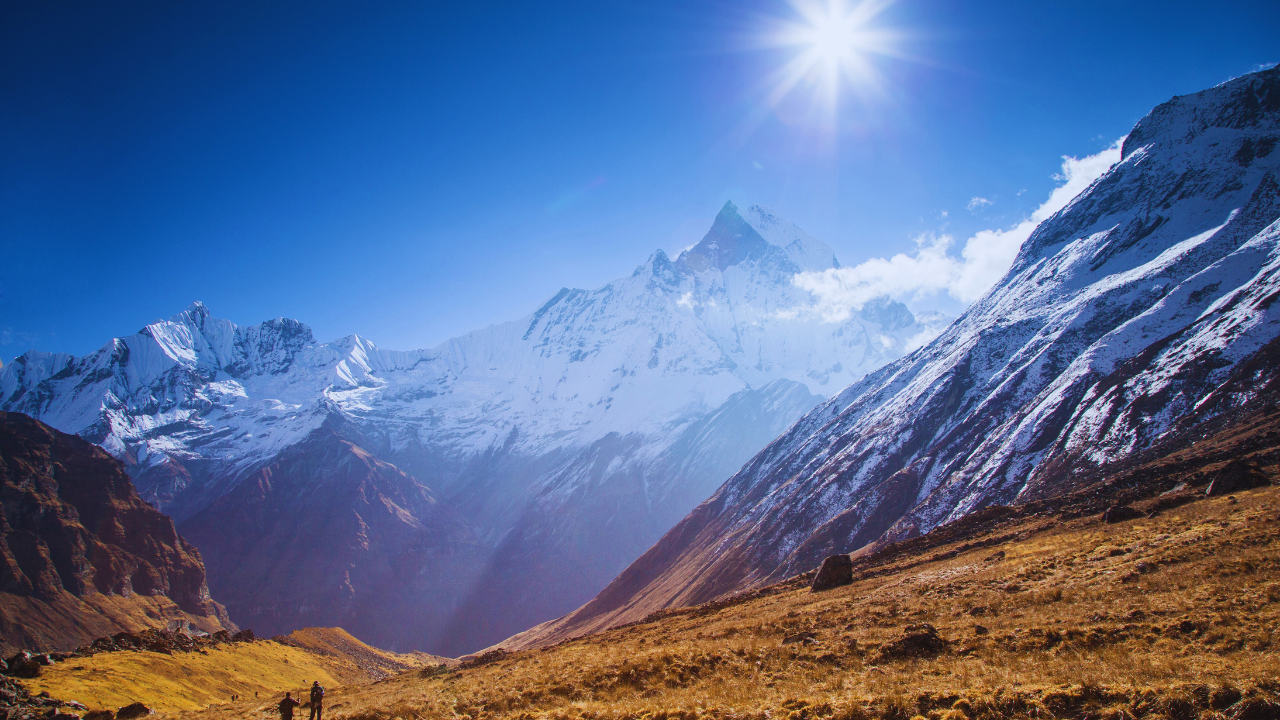
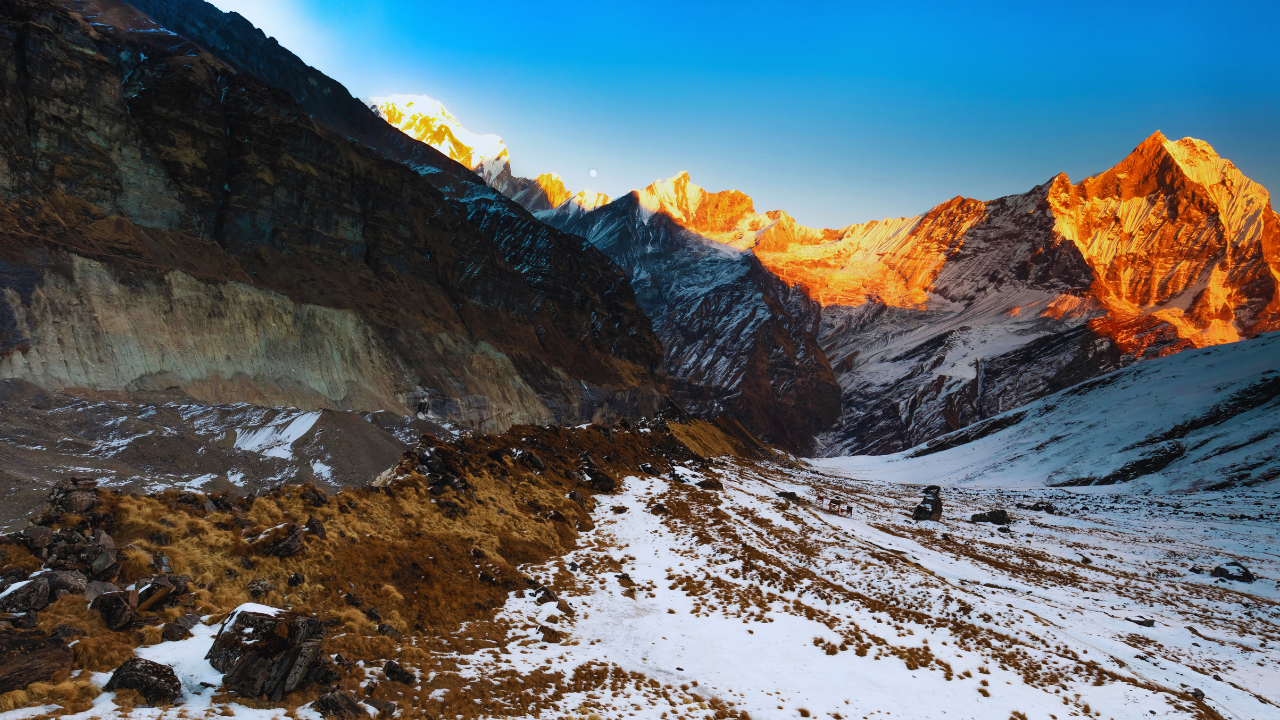
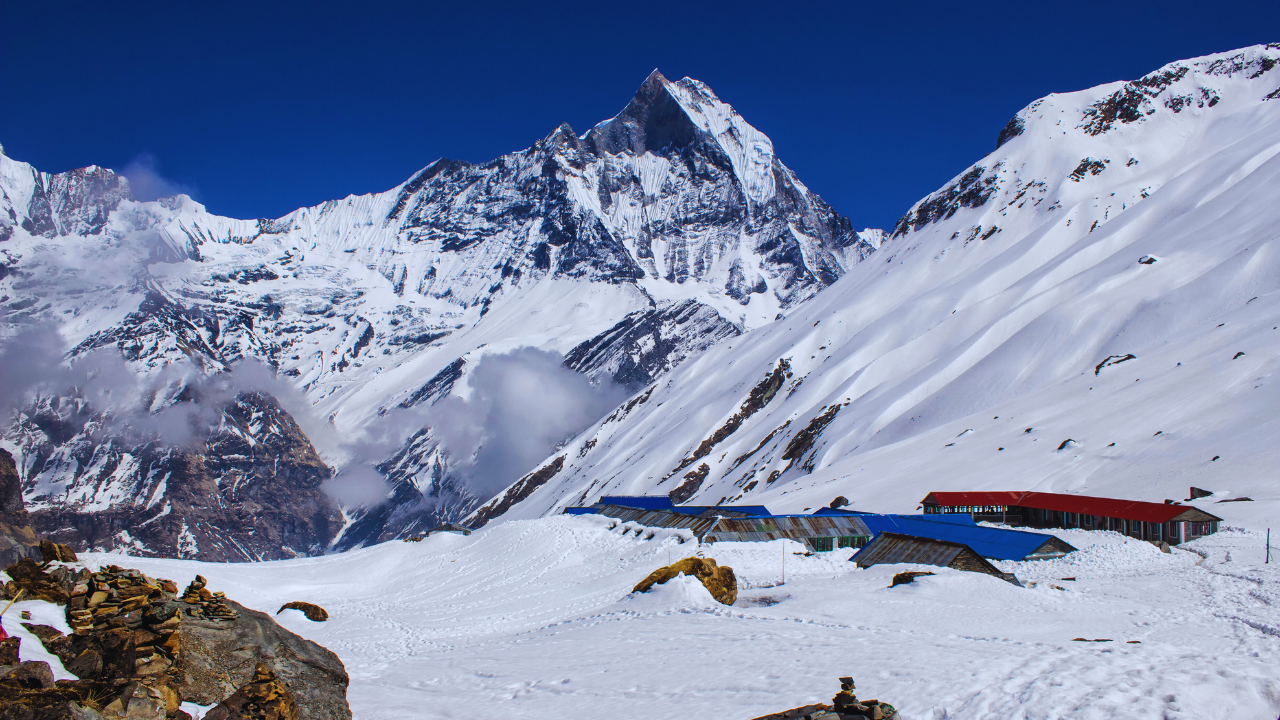
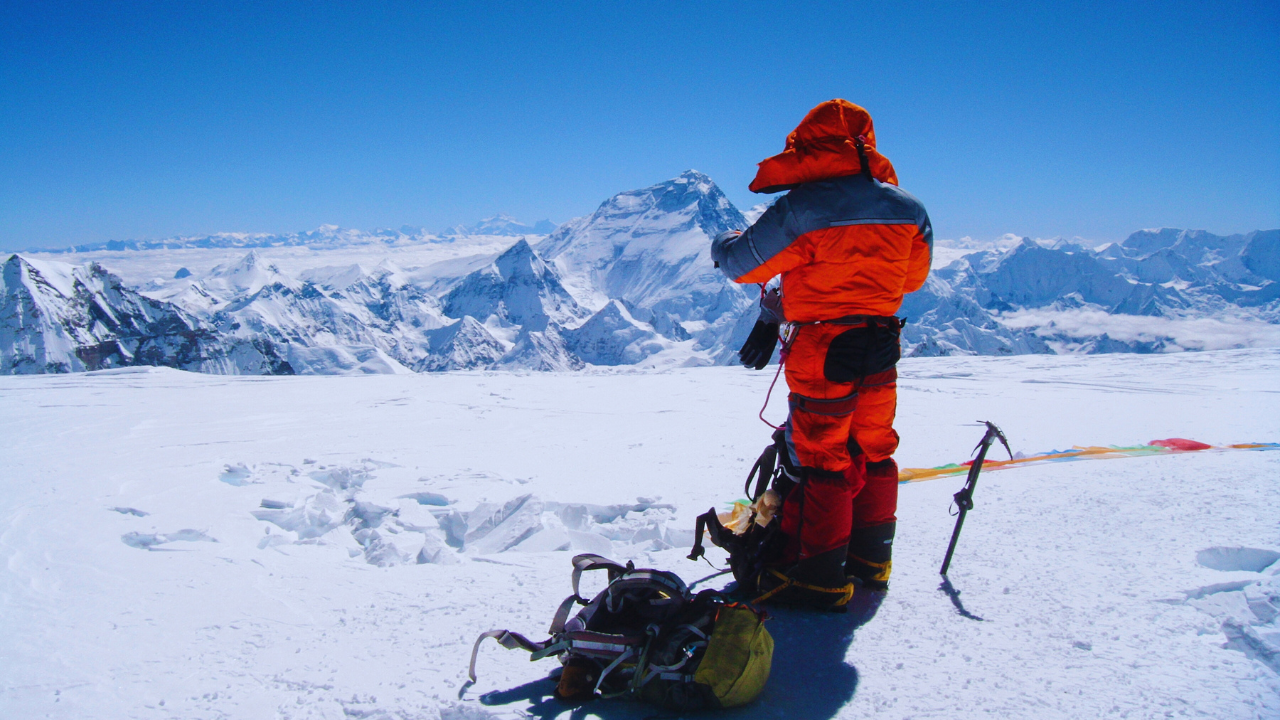
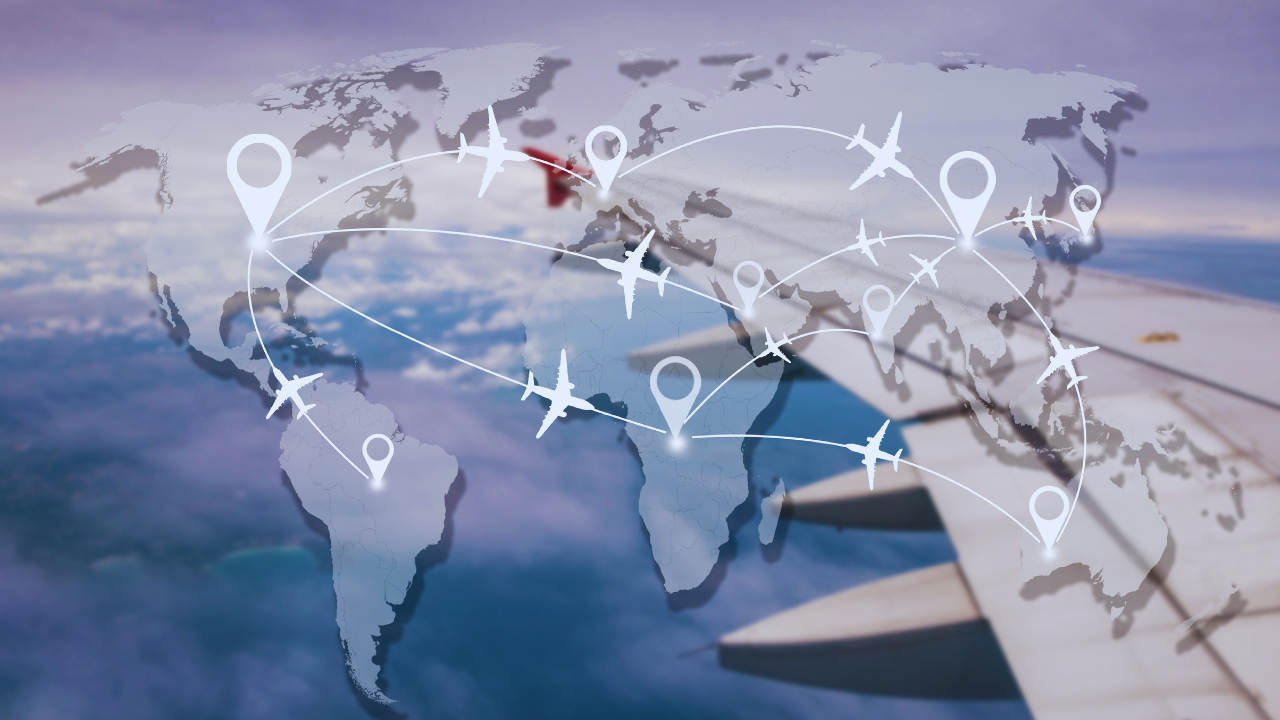


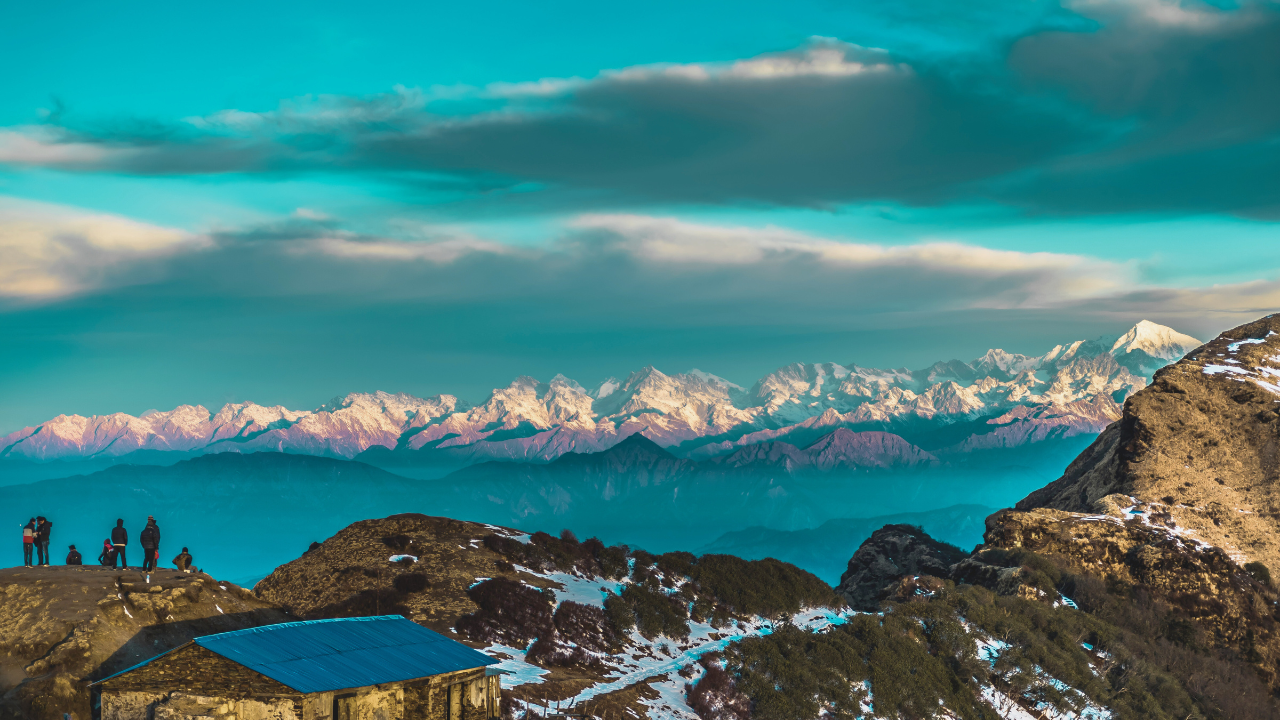







































Comments